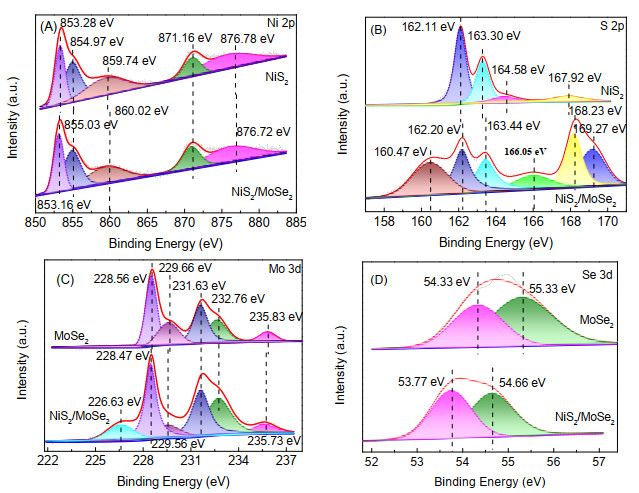
The theoretical electron energy loss functions agreed fairly well with experimental one. The momentum matrix elements between Bloch functions were evaluated to determine the electron energy loss functions.

For LiNbO 3 those positioned at 7.0, 12.0, 14.5 and 21.8 eV. For LiTaO 3 the peaks positioned at 8.0, 13.4, 15.8 and 22.6 eV. The energy loss structure of core electrons can be approximated by a sum of four components. We report experimental energy loss structures in x-ray photoemission spectra of single crystalline LiTaO 3 and LiNbO 3, and then compare these with theoretical electron energy loss functions calculated from first principles using the full-potential linearized augmented plane wave method in the local density approximation. National Institute for Research in Inorganic Materials, Tsukuba, Ibaraki 305, Japan Masao Arai, Hideki Yoshikawa and Sei Fukushima Kyusyu Institute of Technology, Faculty of Engineering, Department of Materials Science, Tobata, Kita-kyusyu 804, Japan and National Institute for Research in Inorganic Materials, Tsukuba, Ibaraki 305, Japan Interpretation is facilitated by recourse to thermodynamic data and to results already published for polycrystalline copper surfaces.Electron energy loss function of LiTaO 3 and LiNbO 3 by x-ray photoemission spectroscopy: Theory and experiment Heating to 570 K in 0.5 Torr of oxygen and subsequent cooling in oxygen results in the appearance of diffraction rings which are compatible with the formation of CuO, which XPS shows to be present. Heating to 520 K in vacuo causes the reappearance of the (√2 × 2 √2) R45° mesh and the disappearance of the satellites. We suggest that the (√2 ×√2) R45° structure, the stable structure at 80 K, involves only chemisorbed oxygen while the (√2 ×2 √2) R45° reflects oxygen incorporation.Īt 290 K, exposure of the Cu(100) surface to 5 Torr of oxygen leads to substantial oxygen uptake, a disordered diffraction pattern, the copper 2 p peaks showing for the first time the satellites known to be characteristic of copper (II). A model for the adlayer is suggested.Īt 290 K, with increasing exposure to oxygen at low pressure (10 –6 Torr), three diffraction patterns are observed an oblique “4 spot” mesh, followed by a (√2 ×√2) R45° and finally a (√2 × 2 √2) R45°.

The (√2 ×√2) R45° mesh is, however, retained but with apparently improved ordering of the surface structure. On warming to 290 K about half of the oxygen adsorbed at 80 K is desorbed below 150 K and there is a narrowing of the O(1 s) peak to 2.3 eV. The FWHM value of the O(1 s) peak at 80 K is large (∼4.5 eV) indicating a range of metal-oxygen bond strengths.

At 80 K, exposure of the Cu(100) surface to oxygen results in a disordered (2 × 2) structure, followed by a (√2 ×√2) R45° mesh at higher coverage.


 0 kommentar(er)
0 kommentar(er)
